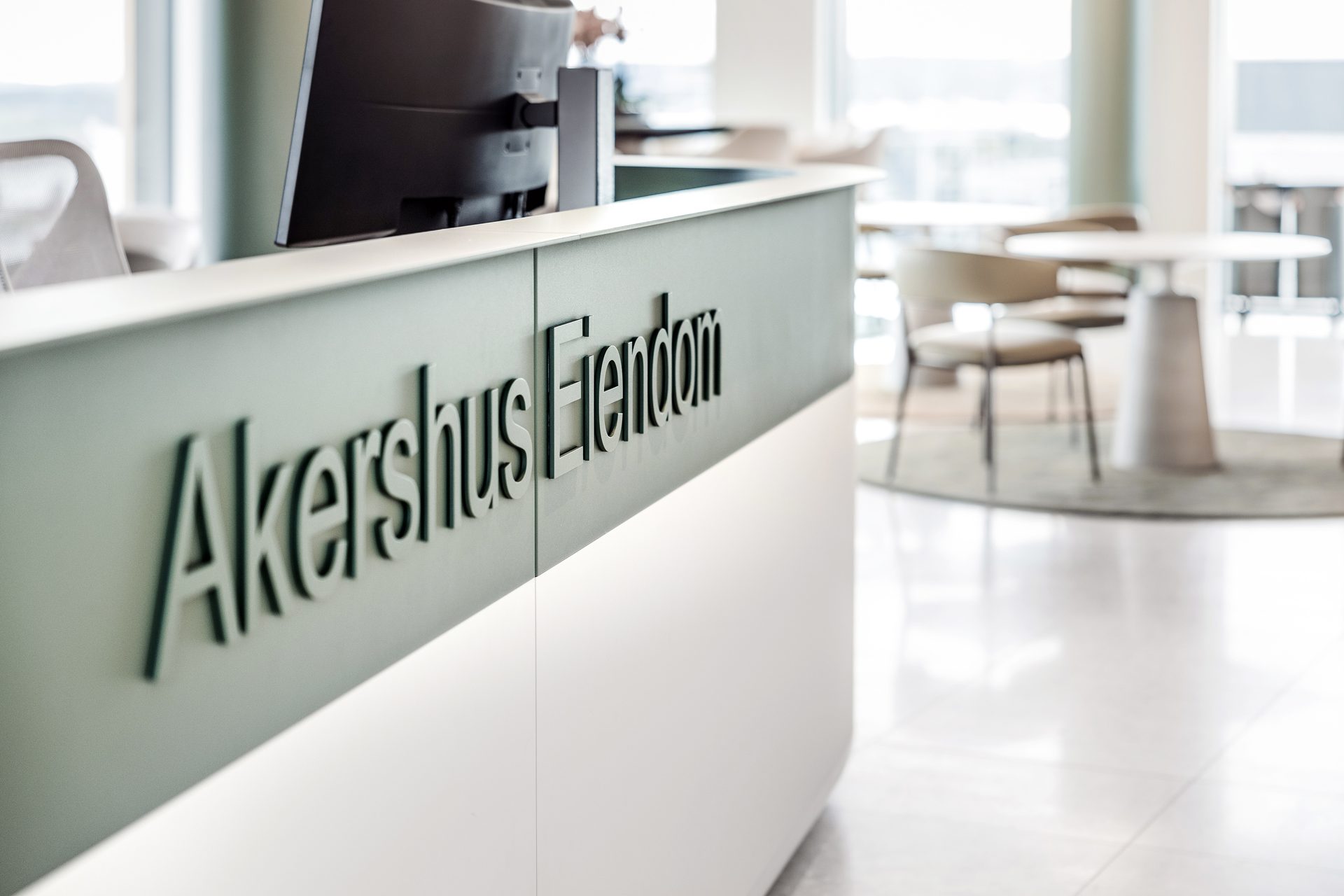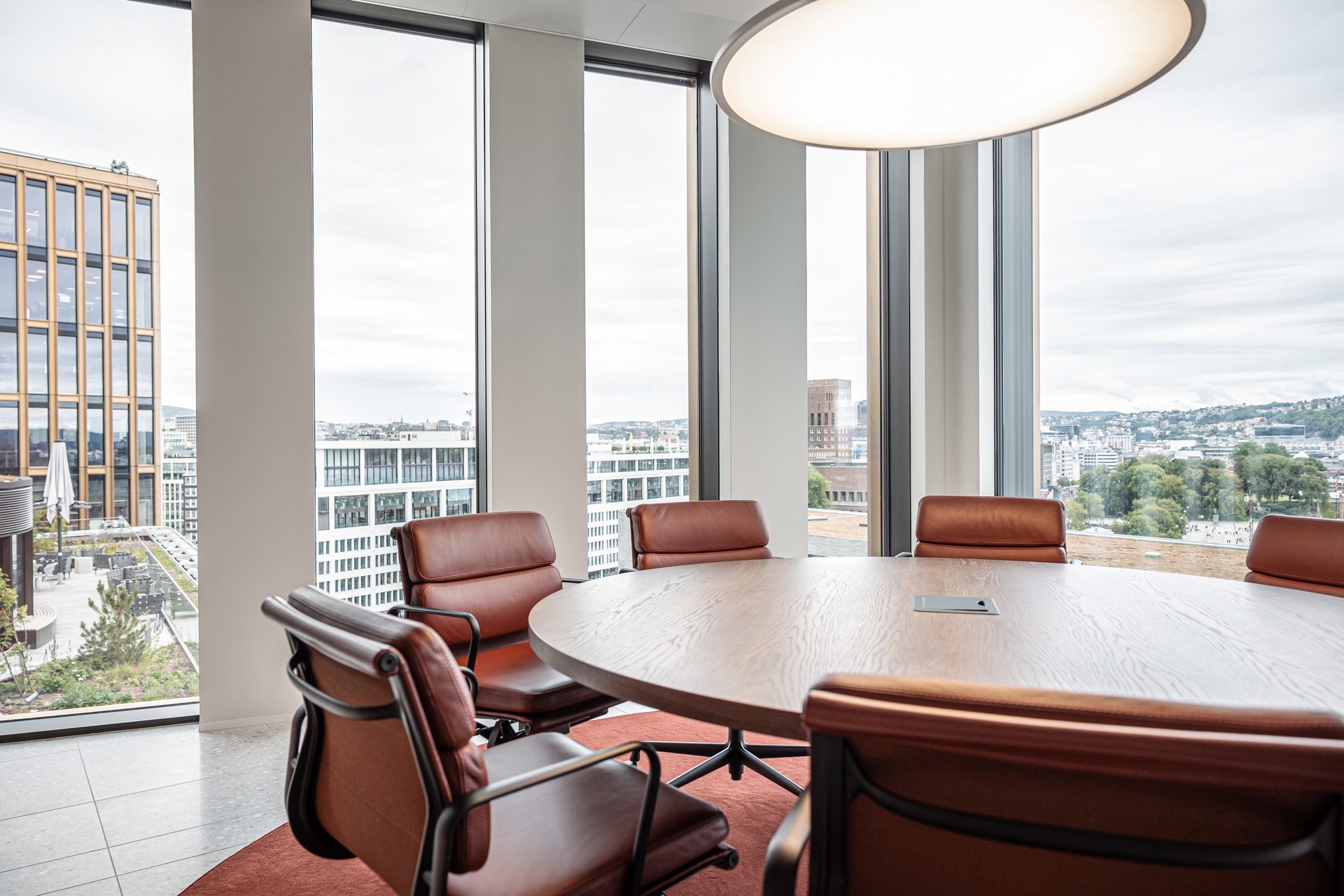Hotel
The positive trend from the summer season 2023, with significantly higher room rates and normalised occupancy rates, has continued through autumn and winter. Normal seasonal patterns for the Norwegian hotel market entails falling occupancy from 65-70 per cent to about 40 in January, to rise again towards spring. The winter season of 2022/23 was no exception.
Norway and Oslo
Occupancy in February 2023 stood at 48 per cent, compared with a long-term average of 49 per cent in the decade before the pandemic, according to Statistics Norway. Room rates nationwide are now NOK 250–300 higher than the average over the same period, meanwhile. Room rates in Oslo were between NOK 350 and NOK 450 higher than the long term average. This means that RevPAR in both Oslo and Norway as a whole is now noticeably higher than in a normal winter season.
Figures from the Benchmarking Alliance show that weekday guests have not fully returned since the pandemic. Occupancy during weekends is close to normal levels, however. It is also weekend room rates that are rising the most. This is very much in line with last year’s pent up travel demand following several years of pandemic restrictions and reduced travel activity.
Increase in RevPAR (Norway) winter season 2022/23 (Oct–Mar)
7 Hotel
0
%
+
International
Of the major Nordic cities, only Reykjavik saw higher occupancy rates than Oslo in January, according to figures from the Benchmarking Alliance. Oslo, Copenhagen and Stockholm all recorded occupancy rates of 45–49 per cent, which is respectively 8, 14 and 4 percentage points lower than in January 2020.
Globally, our partner JLL is observing that the hotel industry is on track for a full recovery with re-emergence of international travel. The company is pointing in particular to the effect of the reopening in China and its effect on further turnover growth in 2023. Internationally, JLL is seeing a trend whereby hotel operators are increasingly investing in new “non-core” value chains in order to secure an even greater part of the customers’ full travel experience.
Increase in room rates (Oslo) winter season 2022/23 (Oct–Mar)
16
%
+
Occupancy per room percent – Oslo vs. Norway
Transaction market
There was limited activity in the hotel transaction market in 2022. As in other segments, activity levels fell during the autumn, and only one hotel transaction was completed. A total of six hotel sales were recorded in 2022 compared with 16 in 2021. Two smaller hotels have been sold so far in 2023. Carucel acquired an apartment hotel for development in Frogner from Meteva. Trolltun Invest also bought Gullsmeden Hotel in Parkveien from Heimstaden. Hotel buyers in Norway last year were all Norwegians, and many of them are syndication sponsors. This corresponds to a wider trend whereby sponsors are looking at a broader range of property in their quest for returns.

RevPAR – Oslo vs. Norway
Outlook
The hotel industry is well on its way to a full recovery to past levels. Further developments in 2023 will be affected by economic developments. Prices for the 2023 summer season seem likely to be higher than in previous normal years. It will therefore be interesting to see whether occupancy rates will follow. The hotel chains expect a moderate 2023 before completing a full recovery in 2024.

Den høye aktivitetsveksten vi har hatt i norsk økonomi inntil nylig har bidratt til et brennhett kontormarked med svært lav arealledighet og uvanlig høy leieprisvekst. Selv om etterspørselen etter kontorareal skulle kjøle seg ned framover, antar vi at arealledigheten vil bli holdt nede av historisk lav tilførsel av nytt areal. Sammen med høy vekst i KPI, venter vi at lav arealledighet vil bidra til å støtte oppunder veksten i kontorleie til neste år.